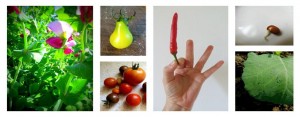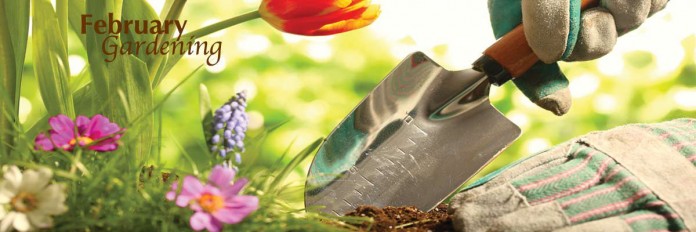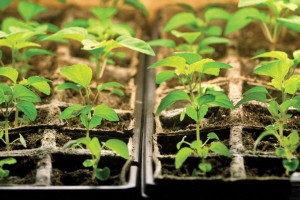If you spent January dreaming up your summer garden and thought about the seeds you’d like to try this year, you’re ready to begin February’s gardening tasks.
Take care of landscape plants
According to Purdue University Extension, salt can kill plants that have a low tolerance to it and can also damage soil. Salt — made up of sodium and chloride — dissolves in water; when this happens, the sodium ions take the place of soil nutrients that the plant needs. Salt also absorbs water, so plant roots dehydrate. Chloride ions are absorbed by plant roots, transporting them to the plant’s leaves, which ultimately interferes with photosynthesis and chlorophyll production.
While winter hangs on for another month or so, use coarse sand instead of salt to melt ice off of sidewalks or paths. If you’re going to use salt, cover plants with burlap, plastic fencing or snow fencing to protect them from salt’s effects. Or, use salt that doesn’t contain sodium chloride, like calcium chloride.
Remove storm-damaged branches in deciduous shrubs and trees by pruning in late winter, according to Iowa State University Extension. Fruit trees can also be pruned by the end of February.
Don’t forget to take care of your indoor plants throughout the rest of winter, too.
Finalize seed orders

Start seeds indoors
By the end of February or the beginning of March, start seeds indoors.
First, prepare indoor growing supplies by cleaning trays, planters and containers. Plant only one type of seed in each container. Leave some space in between individual plants, and only use a weak fertilize on seedlings when the leaves start to shrivel.
The atmosphere for growing seeds needs to be humid, so cover the seedbed with plastic bags or tray covers. The soil needs to remain moist, so use a hand-held spray mister to dampen the soil when it becomes too dry. Seedlings need a lot of light, so keep them in the brightest location possible.
Depending on when your region’s final frost date is expected to be, you’ll have plenty of indoor growing time before you transplant seedlings into your garden. The Garden Planting Calendar from All Things Plants will offer more details about frost dates and when plants should be transplanted.
Keep a garden journal
Even a seasoned gardener can benefit from tracking how well plants perform each year. By looking back at previous years, a gardener can determine whether or not changes need to be made when considering a specific plant. Read more about garden recordkeeping here.
Keep a gardening calendar this year. Jot down weather patterns and plant performance. That way, in subsequent years you’ll be able to decide which plant varieties to try again and which ones to not reorder.
The University of Missouri Extension sells a garden calendar and journal that features forms for recording seed and plant buying information, informational pages and space to record your thoughts as you monitor plant growth and problems.
Share your garden plans in the comments below.













